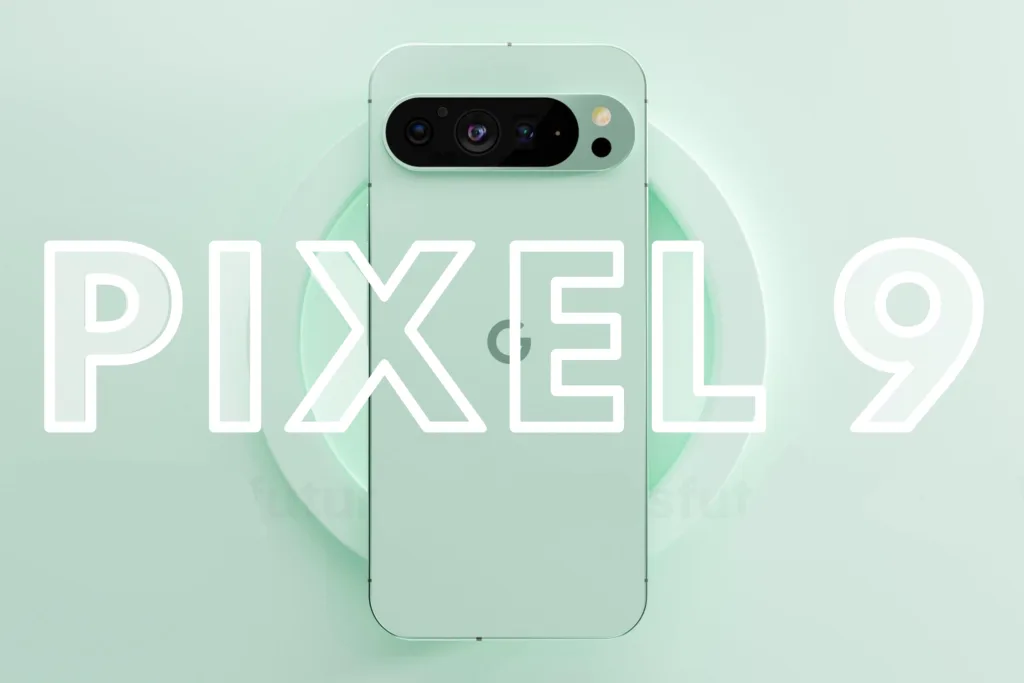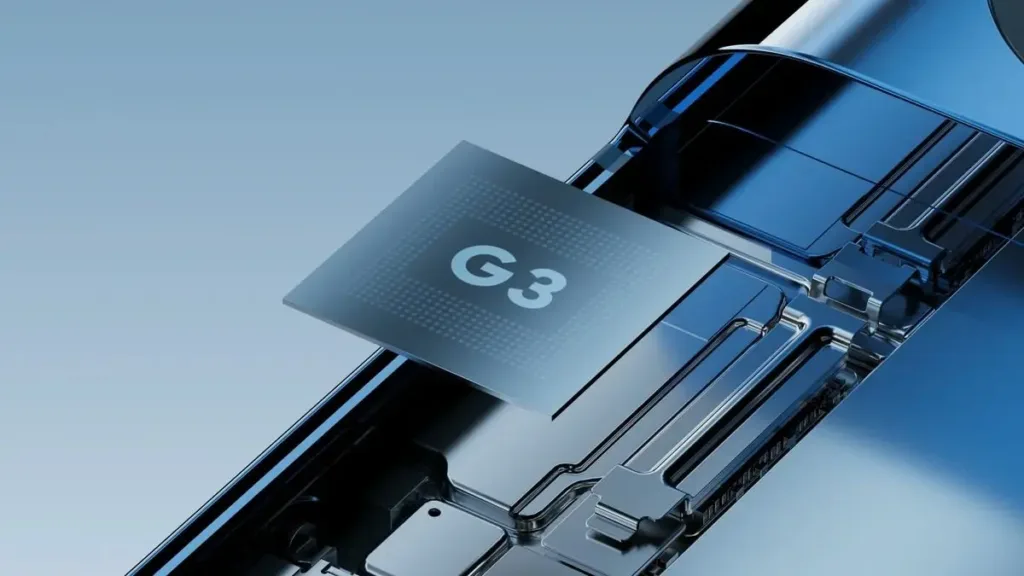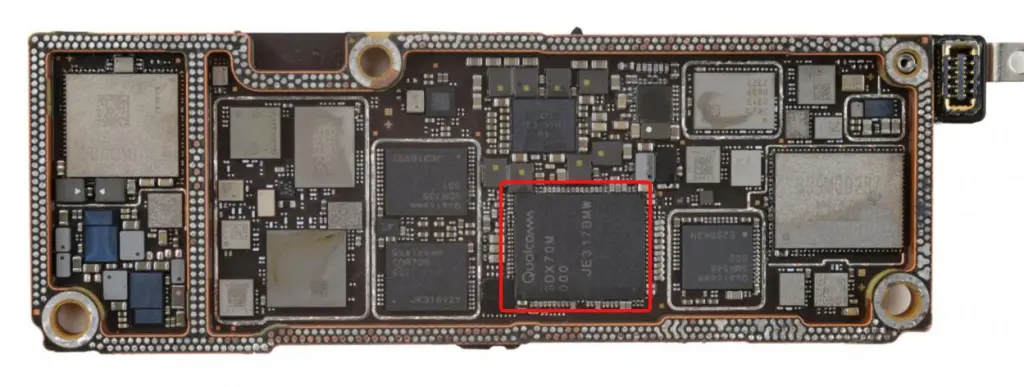
Google’s Pixel phones are definitely the cream of the crop when it comes to Android devices. Okay, maybe not the absolute best, but they’re pretty darn close. For the past few years, Google has consistently released some of the top camera phones out there – it’s hard to argue against that. The Pixel lineup has come a really long way since its revival in 2021 with the Pixel 6. With each new model, they just keep getting better and better. The Pixel 8 series is their best release so far, no doubt about it.
But let’s be real, Pixels aren’t perfect yet. There are still some areas where Google could step it up. As we look ahead to the upcoming Pixel 9 series, here are 5 things I really want to see Google improve:
1. More Than Just an ‘Improved’ Tensor G4
Google’s selling point for Pixels, besides their killer cameras, is the custom Tensor chipset. And users have a love-hate relationship with Tensor for both legit and not-so-legit reasons. The bar set by Apple and Qualcomm is sky-high, and Google doesn’t really want to compete with those big dogs. They’re more focused on delivering a smooth, harmonious software-hardware experience.
But let’s be real, at the end of the day, performance is one of the biggest factors people judge a phone by. And the truth is, Tensor chips have never been consistent powerhouses, whether it’s gaming or sustained peak performance. That’s not really what you expect from a $1000+ device in 2024.

The exceptional quality of Pixel cameras is unquestionable, yet the rapidly evolving tech landscape, exemplified by devices like the Xiaomi 14 Ultra, suggests that relying solely on camera prowess may not suffice as Pixel’s defining feature in the future. Therefore, substantial improvements are imperative for the Tensor G4, particularly in enhancing GPU performance to stay competitive.
Historically, Pixel devices have faced persistent challenges with thermal throttling and heat management, often attributing these issues partially to the Exynos chipset. Critics point to Samsung’s Foundry as a contributing factor to problems with Tensor and Exynos. However, the upcoming Pixel 10 will introduce the Google Tensor G5 chip produced by TSMC, the same foundry behind Qualcomm chipsets. In contrast, the Tensor G4 will continue to utilize the Exynos 2400 platform.
Exynos 2400 is now featured in the Samsung Galaxy S24 and S24+, and based on our early tests, it appears quite promising. While throttling persists, as anticipated, there has been an enhancement in the sustained peak performance of Exynos 2400, which is excellent news for Pixel enthusiasts.
In our comparison of Exynos 2400 vs Snapdragon 8 Gen 3, we found that Samsung has significantly narrowed the gap in GPU performance.
Overall, many would be pleased if Google and Samsung, with the Tensor G4, could achieve performance and stability levels comparable to at least the Snapdragon 8+ Gen 1. This is not an unreasonable expectation. Additionally, Google should strive to make a positive impression with the Tensor G4, as it is the first Tensor chip fully developed by Google. It’s worth noting that the next iteration, possibly the Tensor G5, will debut with the Pixel 10.
2. Faster Charging Speeds
Google has steadily improved charging speeds on the Pixel lineup over the years, with the latest Pixel 8 Pro capable of charging at 30W. Before the Pixel 8 series, Pixels often charged at speeds slightly below their marketed peak speeds, likely to prolong battery life.
For example, my Pixel 6 charges at a maximum of 13W, despite its advertised 18W charging speed. However, the Pixel 8 series is much closer to the advertised speeds. Today, the difference between claimed and tested speeds is almost negligible due to external factors.
Despite these improvements, 30W is still considered slow by 2024 standards, as many phones now ship with charging speeds ranging from 60W to 120W, and include a charger in the box. I would be delighted if Google manages to increase the charging speed to at least 33W for the non-Pro model and 45W for the Pro model. One can only hope.
3. Faster and Higher Base Storage Variant
A flagship device with outdated storage cannot be considered a true “flagship.” his is exactly what Google did with the Pixel 8 Pro, a decision that was deemed unacceptable by many.
For context, Google introduced the Pixel 8 Pro with UFS 3.1, a flash storage type that debuted two years ago. In contrast, the latest mid-range model from POCO, i.e. the POCO X6 Pro, priced at less than four times the Pixel 8 in India, offers a base storage of 256GB, and it utilizes the more advanced UFS 4.0 technology.

Why is UFS 4.0 significant, you might wonder? We have another blog that explains it all. In summary, UFS 4.0 offers double the speed of UFS 3.1, with 30% faster random write speeds and 13% faster random read speeds. Additionally, UFS 4.0 consumes 46% less power than UFS 3.1 and supports a maximum storage capacity of 1TB compared to 512GB on UFS 3.1, showcasing substantial enhancements.
Google should have considered implementing UFS 4.0 in the 256GB or higher variants of the Pro model, if not in the non-Pro version. I firmly believe that in 2024, no manufacturer should label their phone as a flagship if it lacks the latest and most advanced features despite carrying a high price tag.
4. Address Network Problems, PLEASE
If you’ve ever used a Pixel phone, you might have come across numerous complaints about poor cellular reception or even experienced it firsthand. While connectivity has significantly improved since the Pixel 6, it still lags behind Qualcomm’s offerings. The Pixel 8 series continues to utilize the Exynos 5300 modem, the same as the Pixel 7 series. The Pixel 7 faced several network issues at launch, and although fewer, the Pixel 8 also encountered similar challenges.

On the contrary, Apple equips the iPhone 15 and 15 Pro with Qualcomm’s top-of-the-line Snapdragon X70 modem. Positioned at the lower section of the layered motherboard design, it is renowned as one of the finest smartphone modems globally. Perhaps Google could follow suit by replacing the Exynos 5300 with a separate modem? While easier said than done, would it be a worthwhile endeavour? Undoubtedly!
5. A Lower Price Tag
Specifications are crucial, but for a smartphone like the Pixel, the most significant aspect is its price tag. The Pixel 8 initially launched at $699, $100 more than its predecessor, sparking debates on the justification of the price hike, particularly outside the Western markets.
As we move into February, the Pixel 8 has seen its price fluctuate from $699 to $549 on multiple occasions.

The reality is that Pixel devices tend to lose value quickly, with prices depreciating rapidly, largely due to Google offering substantial discounts just a month after their release. Therefore, it would be advantageous for the Pixel 9 series to debut with a lower price point, attracting a larger initial audience and boosting sales. A price reduction of $50 to $100 could have a significant impact.
However, it seems unlikely, as leaks suggest the standard Pixel 9 may feature an additional telephoto camera, increasing production costs. This could potentially result in a price increase for the standard Pixel 9.
What improvements would you like to see in the Pixel 9 and Pixel 9 Pro? Share your views and opinions below.



